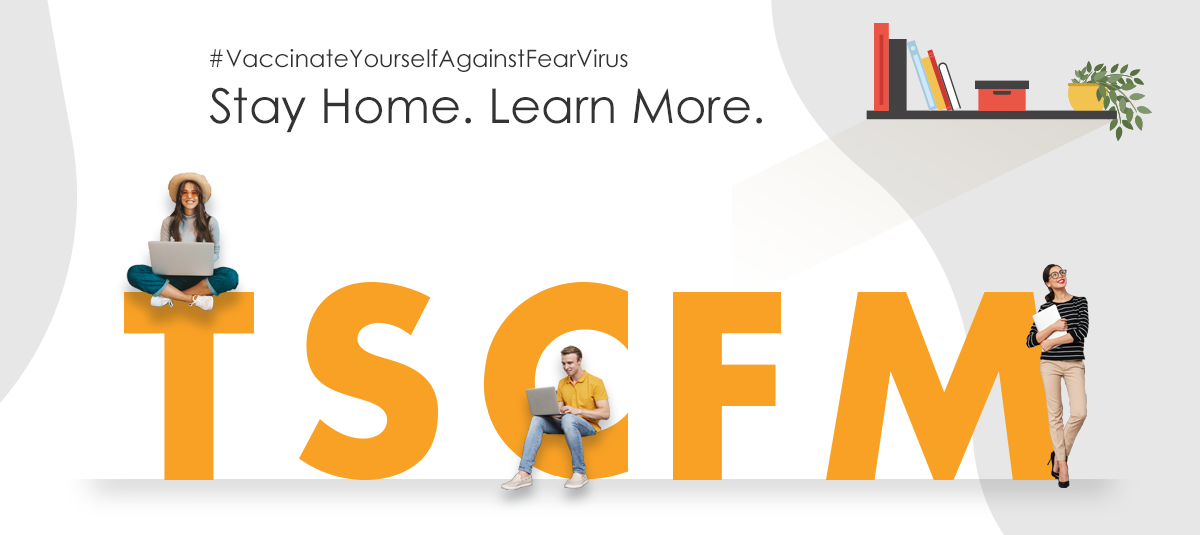Search
What Is An Interest-Only Mortgage?
February 22, 2023
You can use our mortgage calculator to play around with the numbers and see what your payments might be. An interest-only mortgage allows you to pay only the interest on your loan for a set period. This type of mortgage can help you more easily afford the payments in the short term — but not without some drawbacks. Interest-only mortgages can be challenging to understand, and your payments will increase substantially once the interest-only period ends. If your interest-only loan is an ARM, your payments will increase even more if interest rates increase, which is a safe bet in a low-rate environment.
This means you’ll repay your mortgage over 30 years — the first 10 years will be interest-only payments, and the remaining 20 will be payments toward both the interest and principal. Terms vary by lender, but chances free income tax calculator 2020 are your adjustable rate will change once per year. Interest-only mortgages are typically adjustable-rate mortgages, or ARMs, meaning the rate stays the same for while, then changes periodically. It’s important to distinguish between actual benefits and the temptation of a lower payment.
You can qualify for an FHA loan with a credit score as low as 500, as long as you can afford at least a 10% down payment. However, you have the option to put down only 3.5%, though you’ll only qualify if you have a minimum 580 credit score. The down payment and credit score requirements are typically harder to meet, compared with traditional mortgage requirements.
Most VA loan borrowers don’t have to put any money down and can enjoy very competitive interest rates, no mortgage insurance and easy refinancing with a VA streamline refinance (VA IRRRL). There’s no minimum credit score requirement, though many lenders won’t go below 620. Bankrate.com is an independent, advertising-supported publisher and comparison service. We are compensated in exchange for placement of sponsored products and services, or by you clicking on certain links posted on our site.
Pros and Cons of Interest-Only Loans
Keep in mind that payments towards your principal are inevitable down the line. Talk with a Home Lending Advisor to see if an interest-only mortgage is right for you. To put it simply, an interest-only mortgage is when you only pay interest the first several years of the loan — making your monthly payments lower when you first start making mortgage payments. Though this may sound like an exciting opportunity to help save on your mortgage payments, before exploring interest-only loan options, learning how they work is key. Some interest-only mortgages may include special provisions that allow for just paying interest under certain circumstances.
What Happens at the End of the Interest-Only Period?
When compared with traditional mortgages, interest-only options have lower payments up front and bigger ones down the line. You’ll need to know your household finances well to decide which one works for you best. An interest-only home loan starts out with lower payments, so you might think it’s a good option for you. Below, we’ll discuss what an interest-only mortgage is, how to qualify for one, and some of their pros and cons so you can make the right choice for you.
How We Make Money
Some lenders provide the option to sign up for a type of balloon mortgage. You’ll make interest-only payments for the first few years, then pay the entire principal in one lump sum. This method isn’t as common as switching to interest-and-principal payments, though. The interest-only period comes with a short term, usually 10 years or less.
These loans are backed by the Federal Housing Administration (FHA), which allows them to come with more flexible requirements. However, all FHA loan borrowers will need to pay two types of FHA mortgage insurance, which can drive up their overall loan costs. If unpredictable payments sound stressful, or if you want to save money over the life of your home loan, a conventional fixed-rate mortgage is a good alternative. When you apply for a conventional fixed-rate mortgage, you’ll lock in your interest rate and your monthly payments will remain the same over the loan term. With an interest-only loan, you’ll pay interest at a fixed or adjustable rate during the interest-only period.
Interest-only mortgage rates
Be mindful that these types of loans may be more difficult to secure for a new what is the difference between negative assurance and positive assurance business. Fleming says most are jumbo, variable-rate loans with a fixed period of five, seven, or 10 years. The benchmark rate changes as the market changes, but the margin is predetermined at the time you take out the loan. As mentioned, you’ll only pay interest for the first several years.
- We do not endorse the third-party or guarantee the accuracy of this third-party information.
- Before you refinance a mortgage, know the key mortgage refinance requirements for major loan types.
- After that, you’ll start making full interest-and-principal payments or will owe the remaining balance all at once.
Since monthly payments are much smaller on an interest-only loan than they would be on a traditional one, it can free up a lot of household cash flow — at least for the initial few years of the loan. This could make it easier to achieve other financial goals or just lighten the load a bit. With a 30-year fixed-rate interest-only loan, you might pay interest only for 10 years, then pay interest plus principal for the remaining 20 years. Since you aren’t paying down principal during the interest-only period, when the rate resets, your new interest payment is based on the entire loan amount.
Interest-only loans work well when you use them as part of a sound financial strategy, but they can cause you long-term financial trouble if you use interest-only payments to buy more than you can afford. Refinancing an interest-only mortgage is possible, but borrowers must meet the lender’s criteria and qualify for a new loan based on their financial situation at the time of refinancing. After that, rate increases are usually limited to 2% per year, regardless of what the ARM’s introductory period was.
First, the interest on a mortgage loan may be tax deductible in several nations including the United States. As a result, borrowers may be able to reduce their overall tax obligation by deducting the interest component of their interest-only mortgage payments from their taxable income. Many borrowers also plan to sell or refinance after a short period of time, which allows them to get out of the mortgage before it ever requires them to make those larger principal-and-interest payments. Interest-only mortgages are nonqualified mortgage (non-QM) loans, which means they come with features that the Consumer Financial Protection Bureau (CFPB) considers potentially risky. These include the interest-only period itself as well as, in some cases, a balloon payment.
The current mortgage interest rates forecast is for rates to gradually drop over the remainder of this year — but where the market will stand in five, seven or 10 years, no one knows. That’s why your best bet with an ARM is to make sure you can afford the payments even if the rate adjusts up to its maximum. The rates on interest-only loans tend to be a bit higher than 30-year conventional mortgage rates. Just keep in mind that the longer your interest-only period, usually the higher your interest rate will be. Interest-only loans have been harder to come by since the housing crisis of the mid-2000s. Fewer lenders offer them, and banks have set stricter requirements to qualify.
Because of the added risk, lenders have stricter qualifying criteria for this type of home loan. The big drawback of a hybrid mortgage is that once the interest rate converts to an adjustable rate, your payments can skyrocket. If you haven’t chosen your loan carefully, your payments could become unaffordable. In addition, once your interest-only mortgage rate begins to adjust, it’ll fluctuate with the broader market.
Requirements vary, but even the best mortgage lenders typically require good or excellent credit. Most also require a larger down payment than you’d need for a traditional mortgage. Borrowers who live in designated rural areas may qualify for a USDA loan backed by the U.S. Department of Agriculture (USDA) to buy, build or improve a house. You’ll typically need at least a 640 credit score to qualify, though each lender is free to set their own minimum. To find out whether the home or area you’re interested in is eligible, use the USDA loan map.

